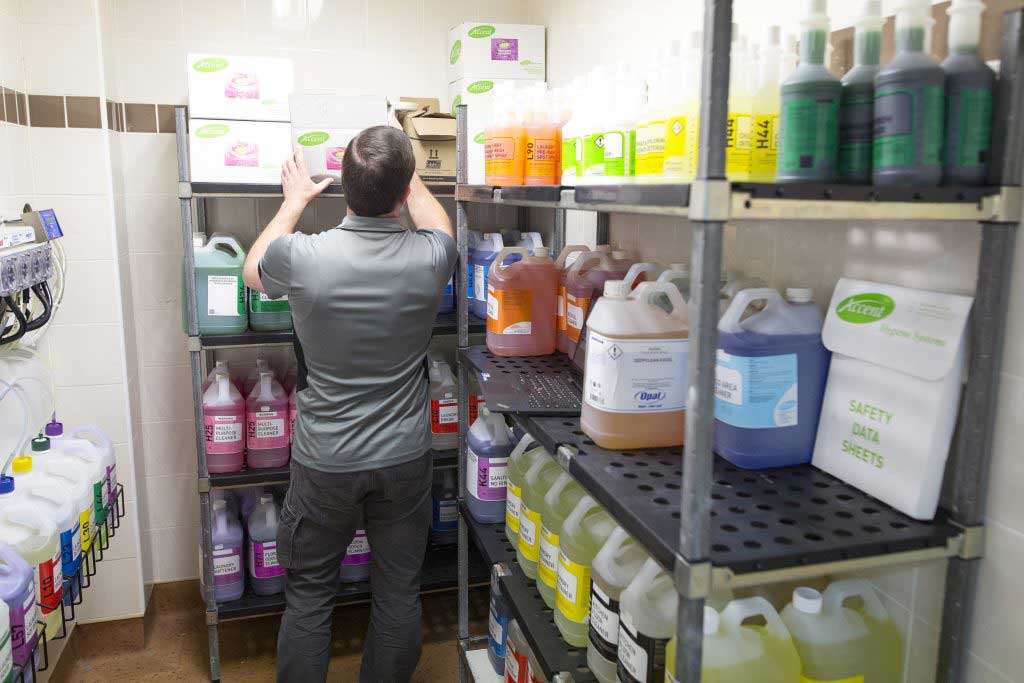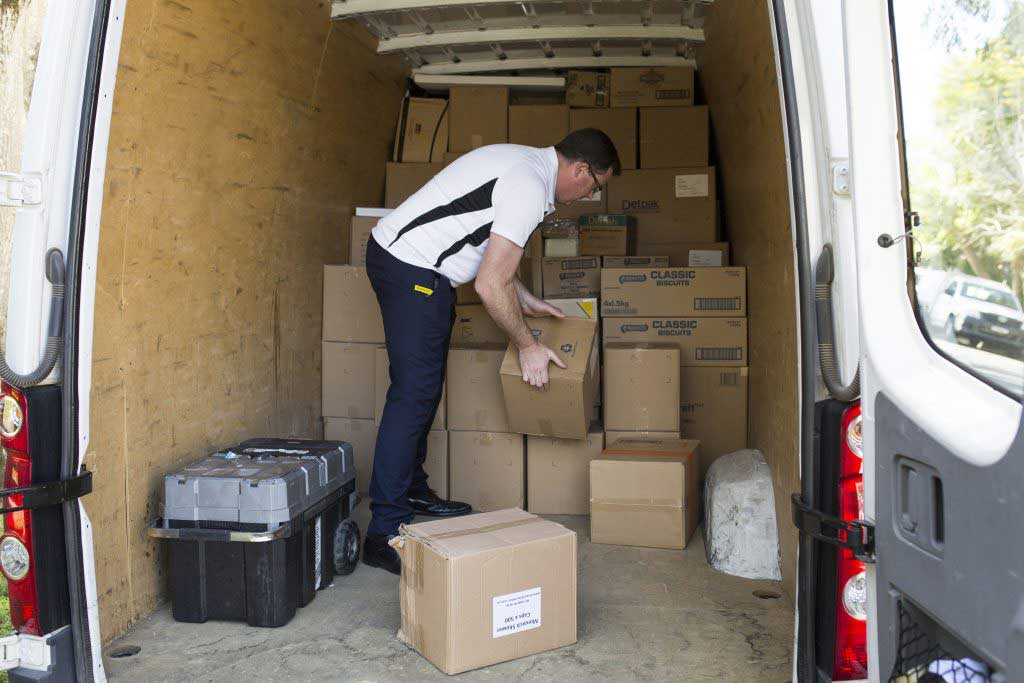When you hear the phrase, “consumables procurement is costing you”, do unit costs, scale of economies and SKU consolidation come to mind?
Or are you one of the few procurement and management professionals who appreciate the significance of time cost in your procurement departments?
It’s a cliché for a good reason – time is money. It’s the most precious commodity in all of our lives. Time is something we all have the same amount of, and we never can get back.
In a more practical sense, the highest cost of any Australian business is the wages paid to staff – and the time each staff member uses up is costing you not only their wages, but the loss of what they could have been doing to market your facility, connect with your customers and ensure your business’ future.
The money you pay your staff should have rich dividends in satisfied customers, efficient operations, and ultimately new business.
Instead, your staff are spending time on administrative tasks, like ordering consumables.
We’ve looked into the ordering processes of over 100 Aged Care Homes, from large facilities of 500+ beds and multiple sites, to smaller family-owned homes with 100 beds. They have one thing in common.
Their procurement processes are costing them.
These are the six time costs you’re overlooking in your consumables procurement.
1. Research

It costs you or your staff time to look up products, check trading terms, compare offerings, and evaluate suppliers’ ability to meet your needs.
In our investigation into procurement processes, we came across an Aged Care Facility that was spending 30 minutes on research for each order.
This doesn’t seem like much – but when you take into account that they were sending 11 orders to their 3 consumable suppliers per month, that’s five and a half hours a month.
2. Checking Stock

When you’re costing consumables for your budget, you’ll include items like the list price and delivery.
However, you should consider your employees’ time as a key item to load the budget – it costs them time to check stock levels, take records, and enter them into your system.
We found a prime example of these costs in an Aged Care Facility on NSW’s Central Coast – they had an individually driven stocking process.
The process depended on nurses Laurie* and Janet* remembering to complete a weekly stock check, on each of their multiple storage areas, recording items from each of their five suppliers.
After the stock check, Laurie or Janet would have to write their numbers into a paper-based inventory system, for another staff member to review. This took at least 2 hours of direct care time out of their week.
3. Placing Orders

While not all of your aged care staff are the ones who directly care for your residents, too many of those who do are caught up with ‘small’ jobs like placing orders for general and clinical consumables.
Depending on your organisation’s size, your staff (which may include your nurses and facility managers) will have to gather orders for consumables from each of your departments, wings and/or facility locations.
After this task, someone has to actually place the order. Subject to your processes, this may involve submitting requisitions, receiving and approving them, creating purchase orders, and then sending these through to the supplier.
All in all, it can be a very time-consuming process, and one that can frustrate staff.
In a 80 bed Sydney nursing home we visited, nurses Leanne* and Ida* were placing 12 orders per month, with a lengthy process including system requisitions and two stages of approval.
Once the order was submitted, approved twice and confirmed by the supplier, the email confirmation was emailed to Leanne, who often forgot to enter the delivery date in the system.
The original purpose of this procedure was to prevent mistakes – unfortunately it usually ended up creating more.
4. Deliveries

Now the order is in the hands of the supplier, and due dates are marked in the calendar. In this current consumables supply environment, it’s all too likely for these due dates to become irrelevant.
Even before COVID, sudden stock shortages could throw these planned deliveries into disarray, adding stress to aged care staff’s already high levels and potentially endangering residents with a lack of protective equipment or clinical consumables.
Let’s assume nothing has gone wrong on the suppliers’ end and the delivery has arrived.
Now the staff on hand at the relevant location must receive the delivery, check the contents against the delivery slip and purchase order, notify several people, potentially liaise with several busy departments, and ultimately distribute the stock to storerooms and stock the shelves.
For one 300-bed facility we studied, this process was complicated by irregular deliveries by four suppliers. Items were delivered to three areas – sometimes the outside storage area was used, sometimes the inside store room, and several times the boxes were dumped on the front reception floor.
This meant that whoever was immediately available had to receive the deliveries and check the paperwork, whether they had time or not.
5. Processing Paperwork

Of course, the paperwork doesn’t just stop at the delivery.
Once the goods are safely on your shelves, a few things that staff must now do include:
- Recording goods receipts
- Reconciling stock codes
- Entering invoices
- Paying invoices
- Submitting claims or credits paperwork
For Cedric*, an employee at a multi-site Queensland nursing home, it took 15 minutes to accurately check stock of a delivery, then 15 minutes to enter the goods receipt and complete the purchase order.
He then had to spend 25 minutes per delivery to enter and pay the invoice, then fill out a claims form to submit to Head Office. Head Office would either query the claim or rebate the cost of the order back to the site.
Compounded, this adds to a significant time cost of almost an hour of Cedric’s day, adding up to 3 hours per week.
6. Back Orders
The process is extended when we have stock shortages, causing back orders.
Back orders mean:
- Extra Delivery
- Extra restocking & distribution
- Extra invoices
- Extra receipt paperwork
One last example – in a regional NSW nursing home, our calculations showed that staff lost up to 35 hours per quarter chasing up back orders. On average, that’s 11 hours and 40 minutes per month.
That’s a lot of time taken away from direct care.
Conclusion
Our research shows that on average, one and a quarter hours is spent by aged care staff on consumable procurement… on every order they place.
And this estimation even misses out critical time costs such as research and backorders.
How many consumables orders do you process per month? And how much time is it costing you?
*Names have been changed for privacy.






